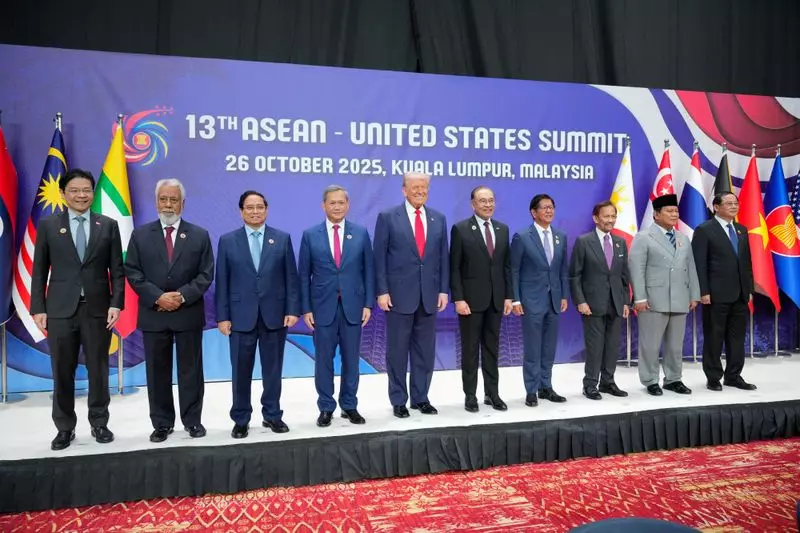
In a significant diplomatic move, former US President Donald Trump has successfully negotiated a series of strategic agreements focusing on trade and critical minerals during his recent engagement with Southeast Asian nations. These developments mark a substantial step in strengthening economic partnerships in the Indo-Pacific region.
Strengthening Economic Partnerships
The newly forged agreements represent a comprehensive approach to international trade, with particular emphasis on securing supply chains for essential minerals. This strategic focus comes at a crucial time when global competition for critical resources is intensifying.
According to sources familiar with the negotiations, the deals encompass multiple aspects of economic cooperation, including:
- Enhanced trade facilitation measures
- Streamlined customs procedures
- Collaborative frameworks for mineral resource development
- Technology transfer initiatives
- Investment protection agreements
Critical Minerals: A Strategic Priority
The emphasis on critical minerals underscores the growing recognition of their importance in modern technology and national security. Southeast Asia possesses significant reserves of these essential resources, making the region a crucial partner in global supply chains.
These minerals are vital components in various high-tech industries, including electronics, renewable energy systems, and defense technologies. The agreements aim to ensure stable and secure access to these resources while promoting sustainable development practices.
Broader Implications for Regional Relations
This diplomatic initiative signals a renewed American engagement with Southeast Asia, a region of increasing geopolitical significance. The trade pacts are expected to create new opportunities for businesses in both the United States and participating Southeast Asian countries.
The timing of these agreements is particularly noteworthy, as they come amid evolving global economic dynamics and shifting supply chain patterns. Industry experts suggest that these developments could reshape regional trade flows and investment patterns in the coming years.
As implementation of these agreements moves forward, observers will be watching closely to assess their impact on regional economic integration and the broader strategic landscape in the Indo-Pacific region.





